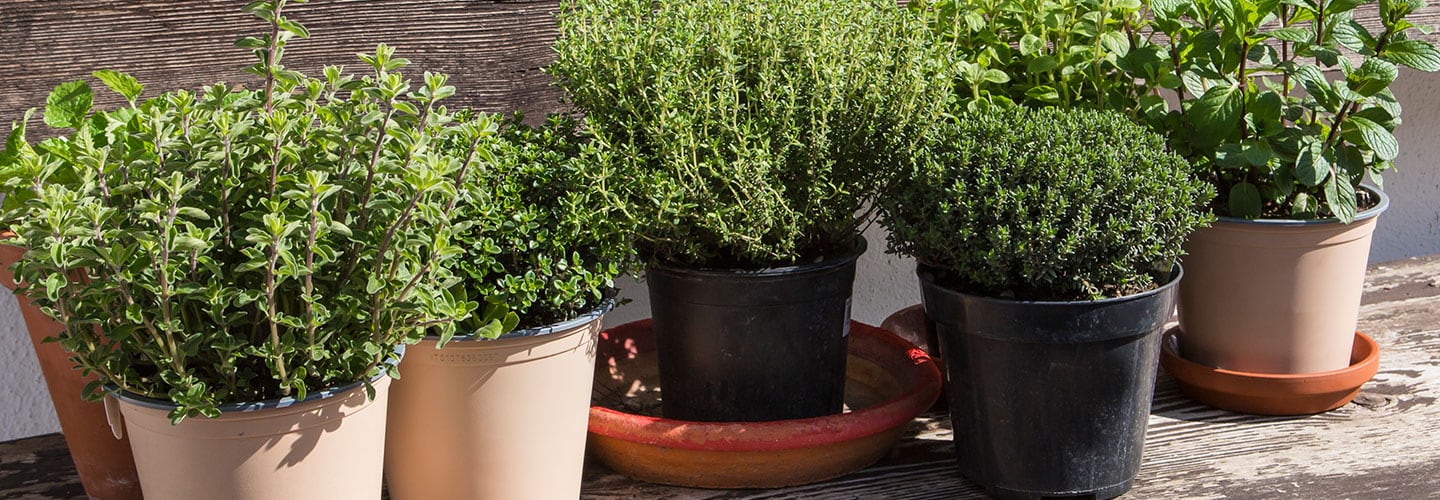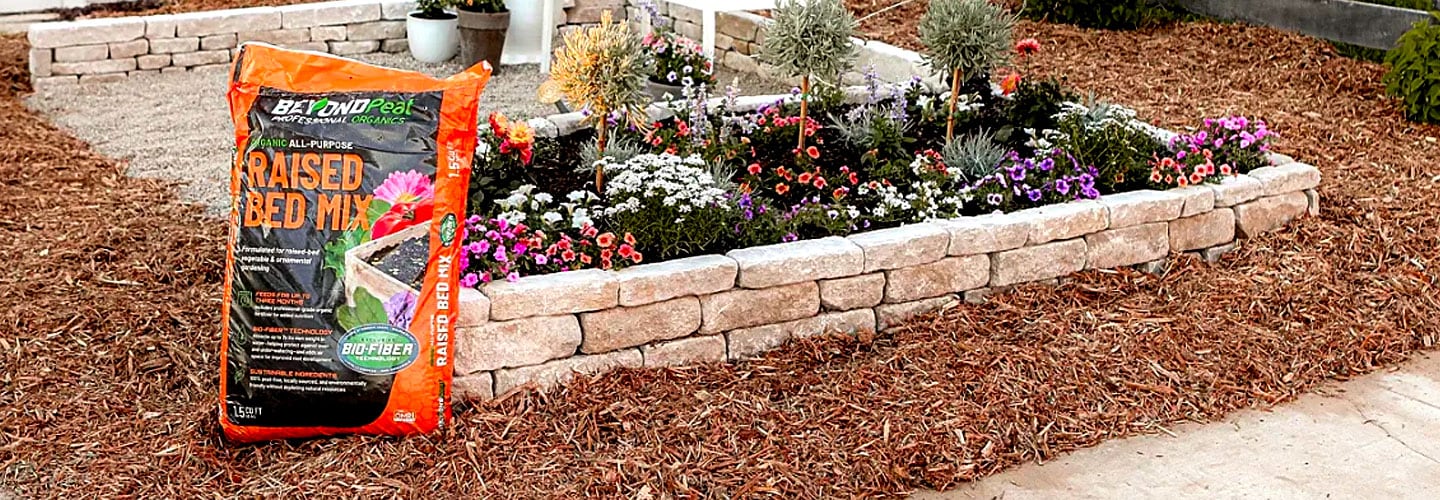When 10-year-old Laila Bogucki entered her school’s science fair competition, she had a heartfelt message she wanted to share. “My favorite part of the project was presenting my findings because it gave me a chance to tell people how harmful peat moss harvesting is for the environment, and that it is not needed in gardening.”
For Bogucki, this project wasn’t her first attempt at growing or gardening. Those closest to her will tell you of her passion when it comes to helping the environment and caring for animals. In fact, before this project began, she had already grown fruits, flowering plants, and indoor plants.
However, Laila’s upcoming science fair gave her the perfect opportunity to try out her latest interest: experimenting with a peat moss-free soil alternative.
Inspired to go Peat Free
Bogucki explained how she discovered the inspiration while caring for her pets: a Gulf Coast toad she rescued named Queen Elizabeth, and two adopted, bearded dragons: Pancake and Muffin.
“I watched a video about reptile substrate and learned that peat moss harvesting is bad for the environment,” said Bogucki. ”It’s commonly used in gardening, and I’m sure people use it because it sounds fancy. But most people don’t know what it is or that it’s harming the environment when it’s harvested and shipped across the country.”
Laila took that lesson to heart and questioned, “Is peat moss really necessary to grow healthy plants?” She decided that, for her project, she would put this exact question to the test. She added, “I was excited to see how plants would react to different soils and I wondered what the results would be.”
The Experiment Begins
Over the next nine weeks, she would grow four snow-white wattle plants in identical pots. Two would be planted in Miracle-Gro potting mix, and the other two would be planted in Beyond Peat potting mix—an environmentally friendly, peat-free soil alternative. The plants would sit in the same environment, and Laila would water them at the same time, according to proper plant-care instructions.
Laila was surprised by her findings. “I learned that peat moss isn’t needed for gardening and it does not improve the soil,” said Bogucki. “The results were the same for the plants in peat moss soil and non-peat moss soil.”
Leading by Example
In the end, Laila’s project earned her a 2nd place award for the school-wide science fair. Her attention to detail and depth of research really stood out among her peers. More importantly, her story is a great example of how we can learn new things when we ask questions like, “Is there a better way to do this?,” and we can then make changes that help us and the environment.
“I was happy that I could prove that peat moss wasn’t necessary and that peat moss-free soil is so much better for the environment,” said Bogucki. “So many people talk about global warming but don’t realize that peat moss is a cause for this. We can do better.”
Working Together for a Sustainable Future
Today, Laila’s plants are doing great. She’s still taking good care of two of the plants—one with peat and one peat-free. And she’s excited to keep growing more plants in the near future. “Next, I want to grow a pitcher plant. I’ve never had one and they seem really interesting!”
When asked about what she’d like to be when she grows up, Laila said, “Sometimes I think I have my whole life planned out! When I grow up, I want to become a veterinarian. Then, after that, I want to have a small farm.”
Whatever she decides, we know her future will be bright. And for Laila—and all the other students out there reading this—keep working hard, keep learning, and keep asking good questions! There are always ways that we all can learn, grow, and make the world a better place.
To learn more about Beyond Peat, click here


